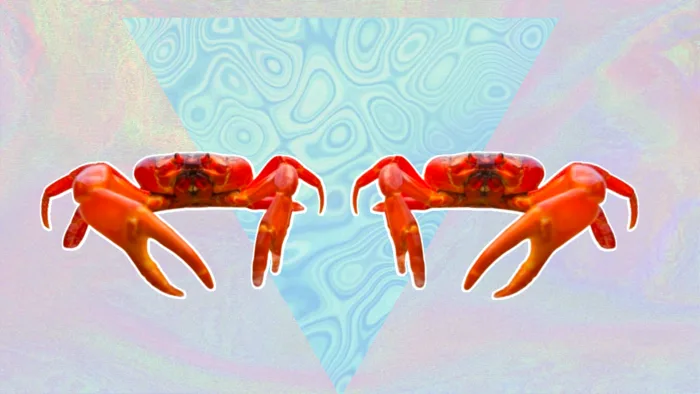
Millions of red crabs dot Christmas Island shoreline
Each year, millions of crabs swarm Australia's Christmas Island as they head to the ocean to breed.
This usually takes place alongside the first rainfall of the wet season, typically in October or November, Parks Australia says, but some years the migration happens much later, in December or January.
The rain isn't the only thing that dictates when the crabs start moving. It's also determined by high tide:
"Red crabs always spawn before dawn on a receding high-tide during the last quarter of the moon," Parks Australia writes.
"Incredibly, they know exactly w)hen to leave their burrows to make this lunar date." (Parks Australia)
The first rain guides how fast the crabs have to move. If it occurs early in the season, they are leisurely, taking frequent snack breaks. If it happens later, they'll waste little time making their way out to sea.
If the rain falls too late to make the spawning date, the crabs will remain in their burrows and attempt to migrate the following month.
Each female crab can produce up to 100,000 eggs, which they hold in brood pouches, waiting until the laster quarter of the lunar cycle. Then, they descend into the sea to release their eggs at high tide.
They then return to their burrows and repeat the same process the following year.
There are an estimated 40 to 50 red million crabs living on Christmas Island.
Thumbnail graphic stylized by Cheryl Santa Maria. Crab image courtesy: Australia Parks






